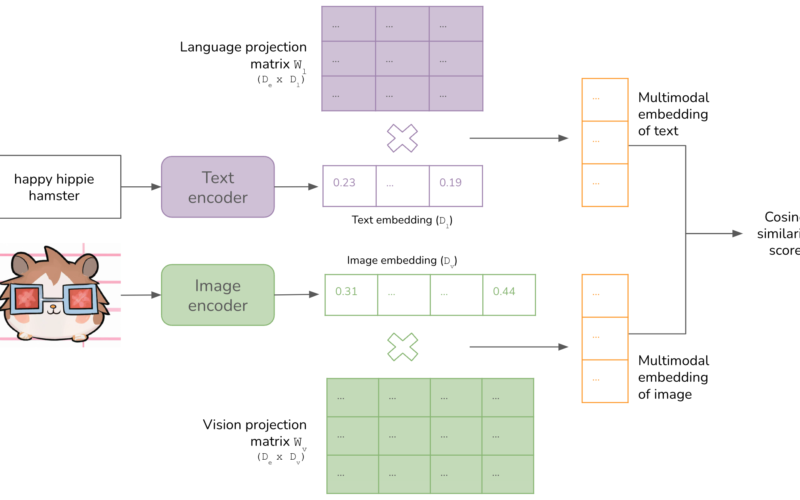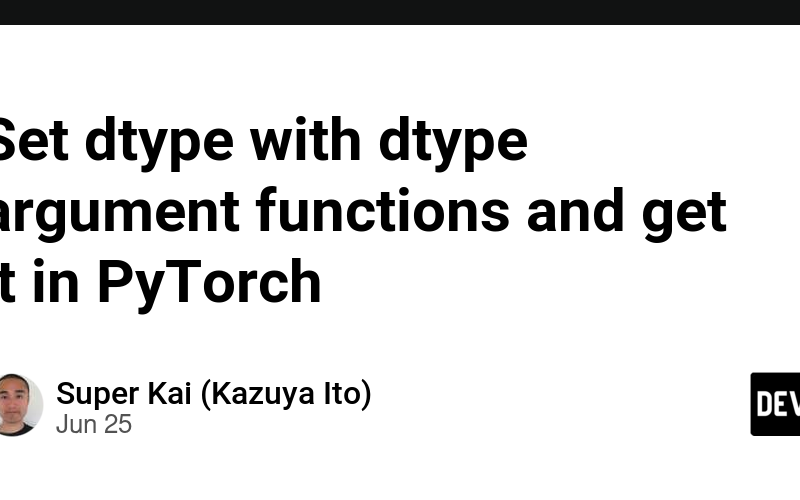18
Aug
Buy Me a Coffee☕ *Memos: HuberLoss() can get the 0D or more D tensor of the zero or more values(float) computed by Huber Loss from the 0D or more D tensor of zero or more elements as shown below: *Memos: The 1st argument for initialization is reduction(Optional-Default:'mean'-Type:str). *'none', 'mean' or 'sum' can be selected. The 2nd argument for initialization is delta(Optional-Default:1.0-Type:float). *It must be 0<delta. The 1st argument is input(Required-Type:tensor of float). The 2nd argument is target(Required-Type:tensor of float). input and target should be the same size otherwise there is a warning. The empty 1D or more D input and…




